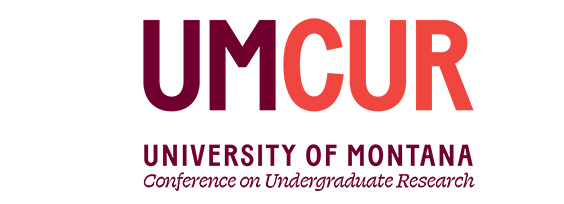Project Type
Poster
Faculty Mentor’s Full Name
Anisa Goforth
Faculty Mentor’s Department
Psychology
Abstract / Artist's Statement
Research has shown that a more effective learning environment is established for students to thrive when there is a collaborative relationship between schools and community members (i.e., administrators, teachers, parents, community representatives). One author defines this type of relationship by saying that, “using k’é as a framework to discuss community and school community partnerships...community is an ongoing system of recognizing and maintaining harmonious relationships that can support the youth through partnerships based on relationships” (Kulago, 73). K’é encapsulates the complexity of relationships and how partnerships can be beneficial towards the members of the community. Kulago also discusses how these relationships has been historically negatively impacted. Schools that Westerners created for Indigenous children forced them to assimilate to Western-Christian culture and ideology. The Indigenous students were also forced into an individualized mindset instead of one of community. (Kulago, 61).
This presentation will discuss the utilization of school-community partnerships in Indigenous communities and the beneficial components that make the relationship successful. Approximately ten participants will be interviewed regarding their perspectives on building the school and community partnership. They were chosen because of their involvement with a social-emotional learning pilot program, a larger research project focusing on culturally responsive social-emotional learning for students and educators that was created with the community. Qualitative data analysis was conducted via audio recorded, in-person interviews, which were then transcribed through Zoom. We will analyze and code the transcripts for recurring themes and benefits to discuss their impact on the partnership between the school and community. Establishing these themes is important for creating a safer and more effective learning environment for students within Indigenous communities. After these themes have been identified, we will discuss how these findings could be implemented to benefit various school systems.
References
Kulago, H.A. (2013). Theorizing community and school partnerships with Diné youth. Journal of Curriculum Theorizing 28(2). 60-75.
Category
Social Sciences
The Benefits of School-Community Partnership in Indigenous Communities
UC South Ballroom
Research has shown that a more effective learning environment is established for students to thrive when there is a collaborative relationship between schools and community members (i.e., administrators, teachers, parents, community representatives). One author defines this type of relationship by saying that, “using k’é as a framework to discuss community and school community partnerships...community is an ongoing system of recognizing and maintaining harmonious relationships that can support the youth through partnerships based on relationships” (Kulago, 73). K’é encapsulates the complexity of relationships and how partnerships can be beneficial towards the members of the community. Kulago also discusses how these relationships has been historically negatively impacted. Schools that Westerners created for Indigenous children forced them to assimilate to Western-Christian culture and ideology. The Indigenous students were also forced into an individualized mindset instead of one of community. (Kulago, 61).
This presentation will discuss the utilization of school-community partnerships in Indigenous communities and the beneficial components that make the relationship successful. Approximately ten participants will be interviewed regarding their perspectives on building the school and community partnership. They were chosen because of their involvement with a social-emotional learning pilot program, a larger research project focusing on culturally responsive social-emotional learning for students and educators that was created with the community. Qualitative data analysis was conducted via audio recorded, in-person interviews, which were then transcribed through Zoom. We will analyze and code the transcripts for recurring themes and benefits to discuss their impact on the partnership between the school and community. Establishing these themes is important for creating a safer and more effective learning environment for students within Indigenous communities. After these themes have been identified, we will discuss how these findings could be implemented to benefit various school systems.
References
Kulago, H.A. (2013). Theorizing community and school partnerships with Diné youth. Journal of Curriculum Theorizing 28(2). 60-75.
